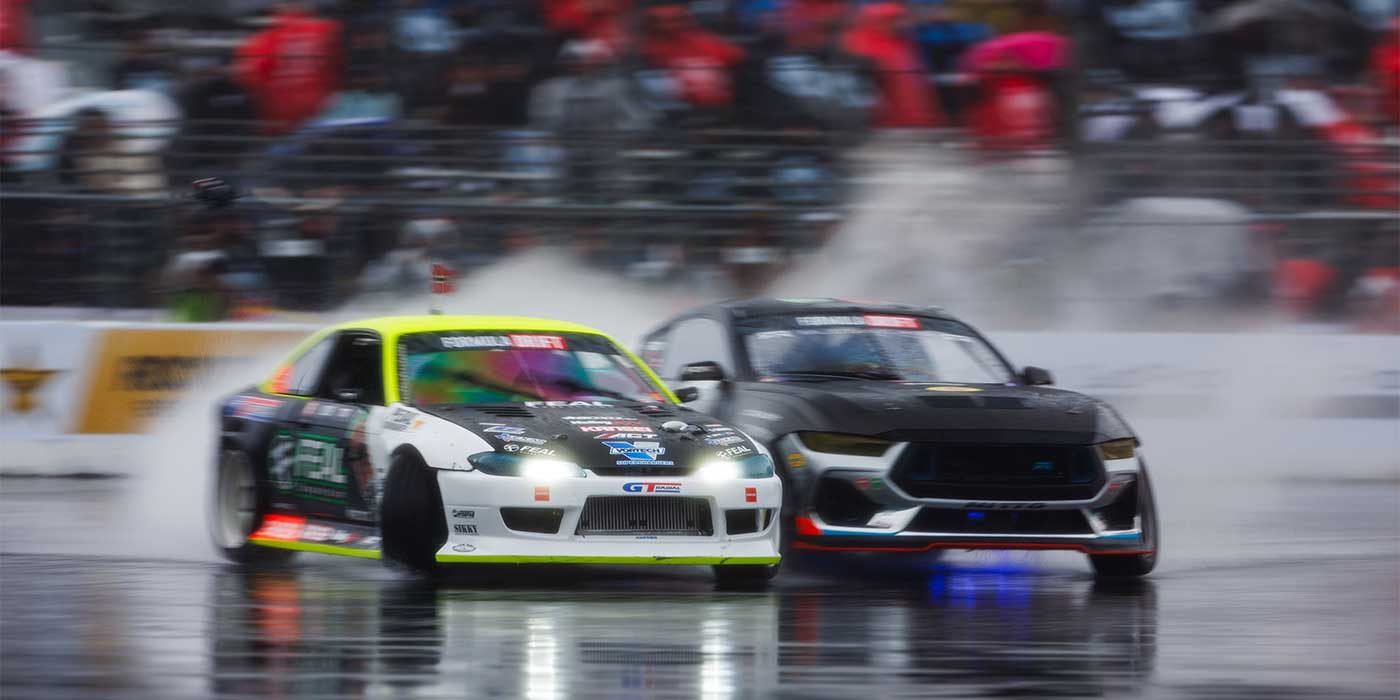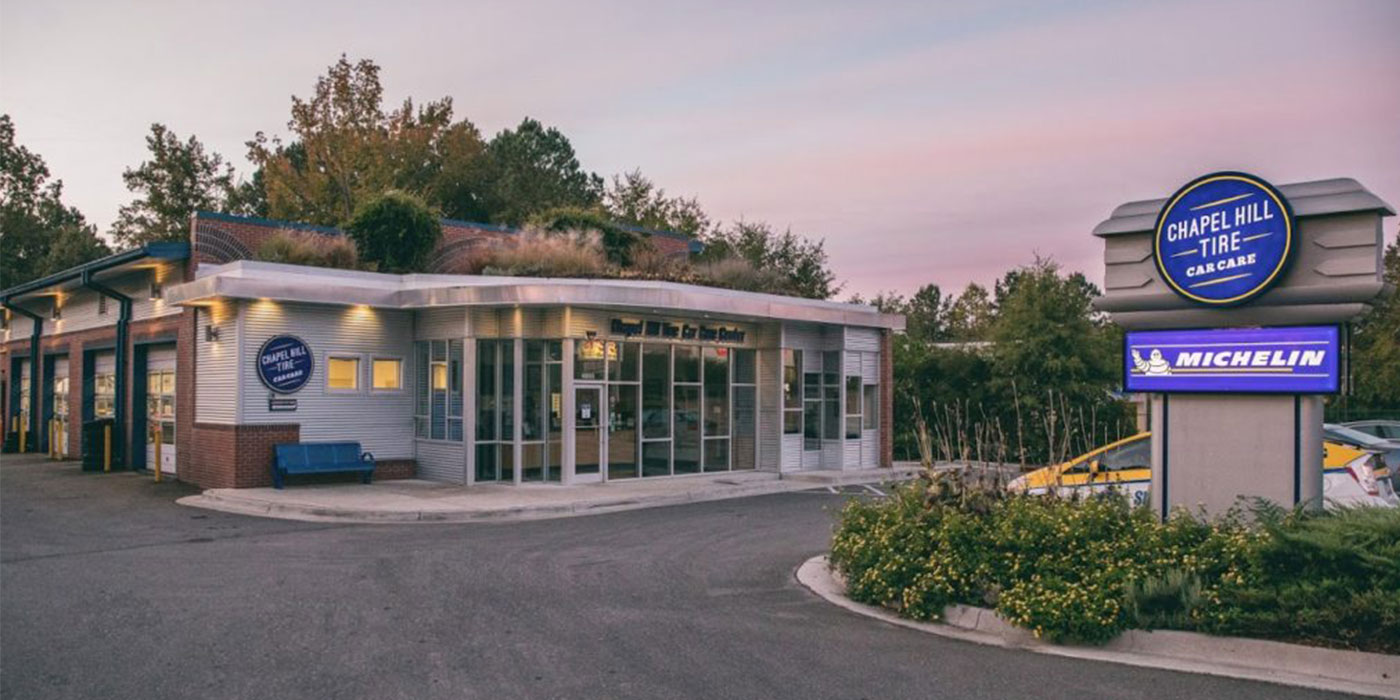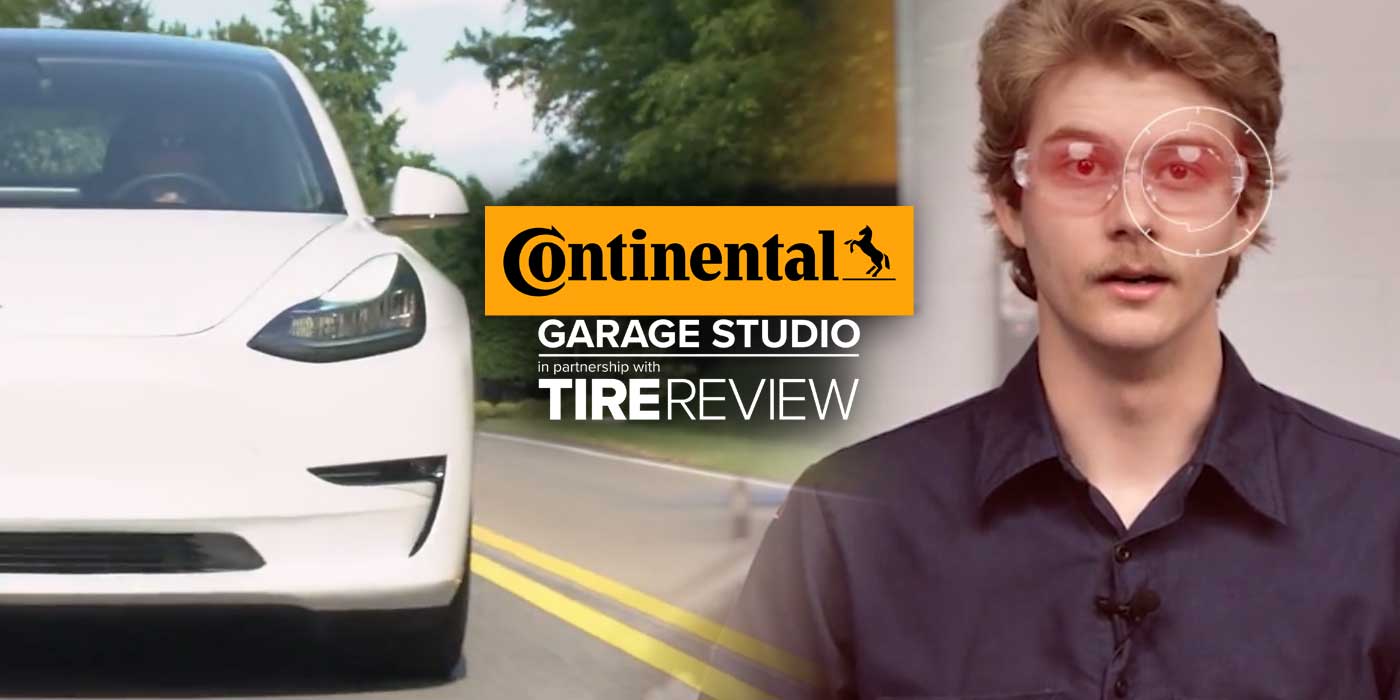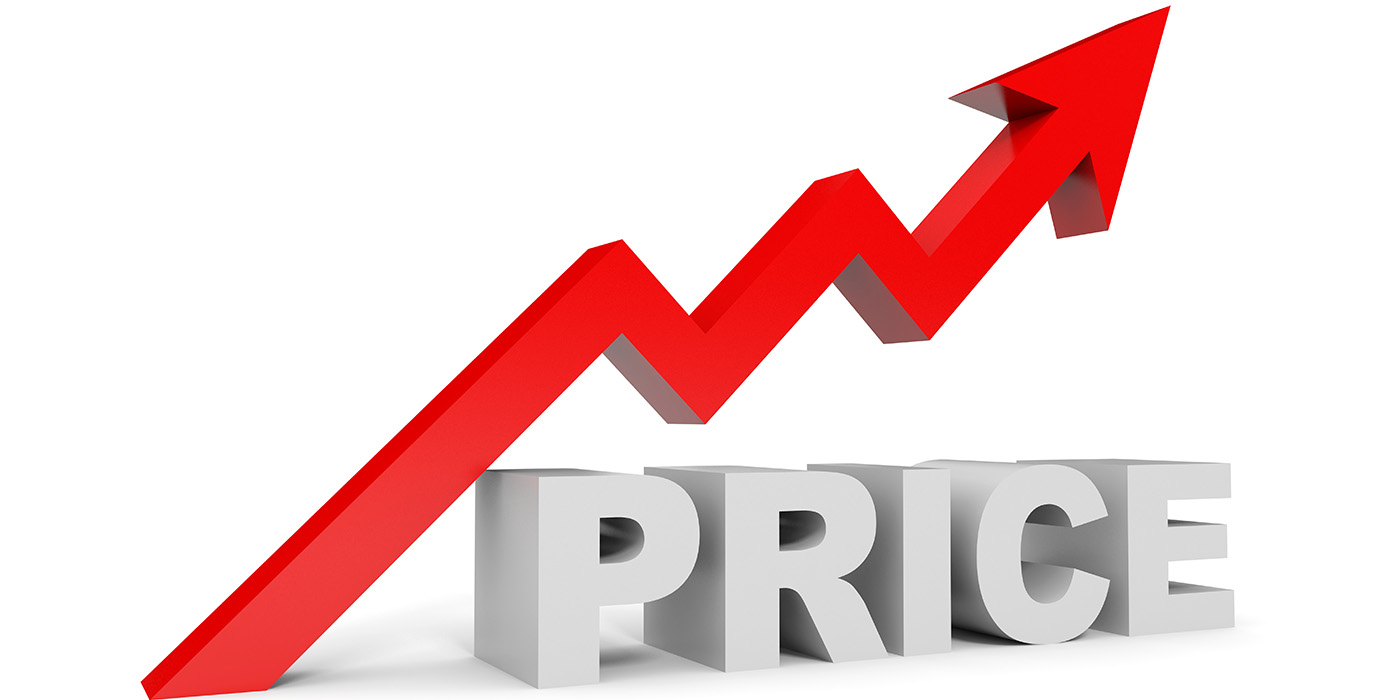The one thing I really love about the consumer media is how little they try to know about a subject before they put words on paper or over the airwaves.
We certainly saw a lot of that in the wake of the Ford-Firestone tire recalls in 2000 and 2001, didn’t we?
Little surprise, then, that the Wall Street Journal’s Jonathon Welsh has lit up my e-mail inbox. Welsh’s “What’s Inflating Your Car’s Tires?” story yesterday recounts consumer aggravation with seemingly high replacement tire prices.
Now, many of Mr. Welsh’s subjects had purchased high performance vehicles that come, naturally, with UHP OE tires. Some suffered flat tires that needed replacing – one BMW owner in NYC apparently has no idea how to avoid potholes, having gone through multiple sets of tires and wheels because of damage – while other moaned about the cost of replacing worn OE radials.
To his credit, Mr. Welsh did get part of the story straight. His premise was that replacement tires cost too much, and he offers that one reason is because of the types of tires OEMs now require. And that’s true – partially. We all know that carmakers use tires to offset the idiosyncrasies of their designs, which means added cost in development, testing and production. Just for one vehicle make and model.
At the same time, consumers, well conditioned by advertising, expect tires to last 60,000 miles or more and deliver max traction in all conditions (and now save hundreds in gas costs!), think these attributes apply to ALL tires. Besides the obvious “poor tire care” argument that can be applied (cause we all know that one by heart), consumers don’t understand that despite what it may say on the sidewall, OE tires and replacement tires are wholly different birds. Tires is not tires.
Mr. Welsh does wander into some errors and gets an incomplete on a few points:
Quoting directly from his story:
“Then he got a flat and discovered, much to his alarm, that the tires on his $31,000 Chevy cost more than $500 each. The tires – Pirelli P Zeros – are the same kind found on $250,000 Ferraris.”
Uh, no they are not. Not even close. “P Zeros” are on a lot of different cars, but like all OE tires they are specifically tuned to that vehicle. Put those exact Camaro tires on a Ferrari and you will have a fun ride. Besides, though Mr. Welsh appears shocked that a replacement tire would cost $500, Pirelli would not charge Camaro prices for a Ferrari tire. Not ever.
“One reason for the price surge is tiremakers’ push to equip new cars with higher-profit specialty tires that can run at higher speeds and feature such high-performance traits as short, stiff sidewalls, which provide firmer handling. As a result, more vehicles like the commuter sedan and the family minivan are arriving from the factory with tires once seen primarily on sports cars like the Porsche Carrera or Chevrolet Corvette.”
True…sort of. But tiremakers aren’t the ones pushing “higher-profit specialty tires.” While UHP tires do fetch a better margin at OE – certainly greater than the pocket change OE tires used to get – it’s the automakers that are demanding the higher priced radials. Marketing dictates hot looking cars, which means larger wheel diameters…which cost more. Performance and CAFÉ requirements mean specialized designs and compounds, not to mentioned bigger sizes. And, of course, hiding vehicle faults carmakers just can’t be bothered with does require some fancy tire black magic. Sure, the tiremakers aren’t going to say NO! to higher returns on direct replacements, but they aren’t 100% to blame for the OE tires being ordered.
“Of course, car owners can generally opt to replace tires with a lower-end name brand or so-called off-label models, depending on the vehicle. Such tires, sold at smaller tire shops and auto-supply stores, often cost about $50 or less each.”
I’m sorry…just where can you replace a $500 Camaro tire for $50? Or less? Wait, let me go check some “smaller tire shops.”
“Then there’s the fear factor: Car makers typically recommend that owners use replacement tires that are similar to those that came on the car. Drivers often are reluctant to buy a tire of lesser quality even if it means settling for a speed rating of 112 miles per hour instead of 130 mph. They worry, ‘Will my family be safe?’ and the tire makers capitalize on that.”
Besides his obvious jumble on speed ratings, I don’t think speed ratings are intended as a measure of “safety.” And, sure, car companies want to drive tire sales to what dealers they have left, but how many of you out there have customer arguing for LOWER speed rated tires because they are cheaper?
“When the high-performance tires on Tom Hickey’s Toyota Highlander sport-utility vehicle wore out after 25,000 miles, he looked for more-durable replacements. They weren’t easy to find, and they cost $300 each – more than twice the price of the tires on his previous Highlander.”
This paragraph is just funny on so many levels. A big SUV gets “only” 25,000 miles on a set of OE tires? So the owner “has to” spend $300 per for ”more durable” tires? Precious!
“If the family vehicle is a crossover or an SUV, the cost for a full set can be closer to $1,000 or $1,500. Drivers may recall spending only a few hundred dollars for their last set, but that may have been for the family’s previous vehicle that weighed less, had smaller wheels and came from the factory with low-end tires.
“Many drivers traded their cars in after two or three years during the auto industry boom that ran from the late 1990s until about two years ago. Unless their annual mileage was especially high, they often didn’t come close to wearing out their tires. For those drivers, the sticker shock may be intensified by the fact that they haven’t bought a new set of tires in over a decade.”
Bingo! Except the part about cars coming from the factory with low-end tires. Maybe if that car was a Yugo.
“Another reason for higher prices: People are increasingly going to their car dealer for replacement tires, where they often pay a hefty markup.”
While I love the general premise here, the fact is car dealers are barely a blip on the replacement tire radar screen. They are part of that “Other” group that registers just 4% of replacement P-metric and LT-metric distribution. Well behind independent tire dealers, tire company-owned stores and mass merchants. And their share of the market hasn’t changed in years.
But Mr. Welsh missed a really, really big boat here. An ocean liner, in fact. Over the last eight years, tire prices have been shooting upward thanks to huge increases in raw material costs – primarily oil, steel, natural rubber and carbon black – and rising energy costs. Wasn’t the tiremakers’ fault. And they bit the bullet on a lot of those costs, well to the detriment of their financials.
“Some people in the tire industry acknowledge that consumers often buy option packages without realizing they include high-performance tires that wear out quickly and are costly to replace.”
Sure they do. But it is NOT the responsibility of tiremakers to share that little secret. Car dealers and carmakers don’t provide that important bit of info, but tha tis exactly where that information needs to come from.
Bottom line here is that tires do cost a lot today. But one should do a bit more homework before pointing the finger at tiremakers and tire dealers. Those beloved automakers and financial speculators have had more to do with tire pricing than any other parties.
Feel free to send your thoughts and real-world tire price stories to Mr. Welsh at [email protected].















